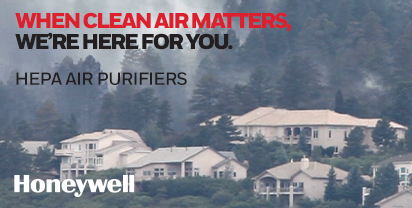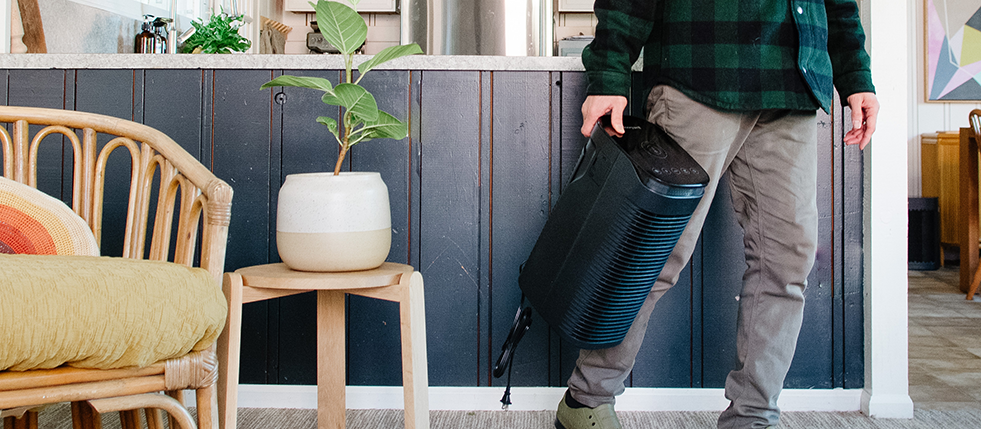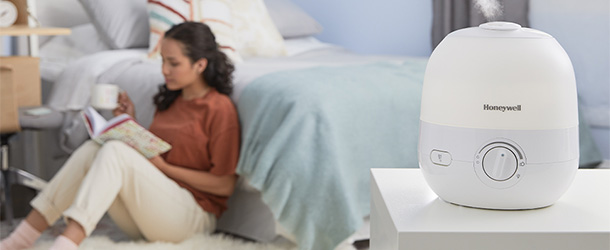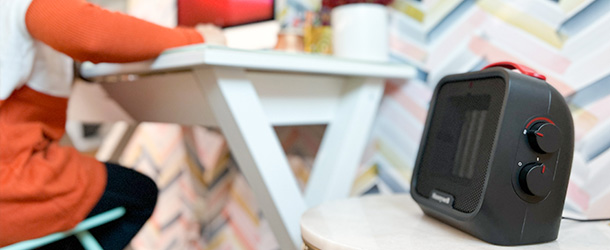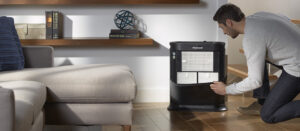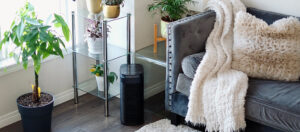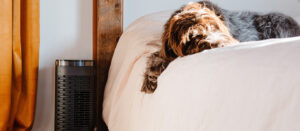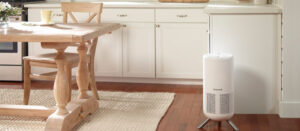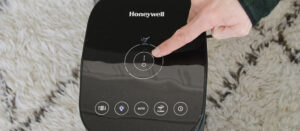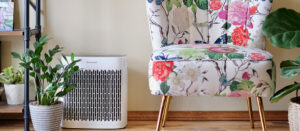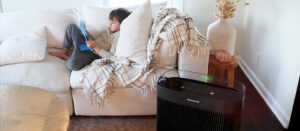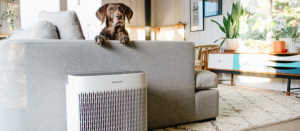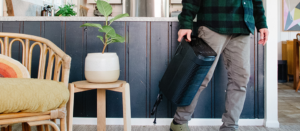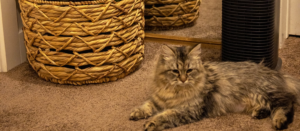Blog
How to Start New Habits When Daylight Saving Time Ends
You don’t need to wait until New Year’s Day to adopt new, healthier behaviors. While […]
The 3 Surprising Ways Spring Cleaning Actually Helps with Spring Allergies
April showers bring May flowers. Spring is here and so are…allergens. While everyone around you […]
The 5 Stinkiest Foods You Probably Eat (and How to Get Rid of the Smell After Eating Them)
It’s a sad fact: Some of our favorite foods produce other people’s least-favorite smells. Ironically, […]
The Top 3 Culprits of Nasty Home Odors (and What to Do About Them)
Your home’s indoor air probably smells fine to you and the rest of your household […]
What Your Home’s Scent Says About You
Isn’t it funny how a whiff of a smell brings you back to a place […]
How to Establish Healthy Self-Care Routines in Your Home This Year
Exercise regularly. Eat a balanced diet. Stay hydrated. Practice mindfulness. Whew! We’re exposed to a […]
The Dirty Truth About Dust
If you ran a finger along the top of the fridge or your child’s bedroom […]
Filter Facts: What is the Difference Between a HEPA Filter & a Pre-Filter?
You’ll come across the terms “HEPA filter” and “pre-filter” when shopping for an air purifier. […]




